Chinese regulations introduced in September 2024 have driven a sharp increase in drone component prices, reshaping the U.S. commercial drone market. According to Nikkei Asia, export permits for dual-use goods have caused a supply crunch, with infrared device prices tripling, affecting drone operators and manufacturers reliant on affordable Chinese parts, reports the Financial Times.
Regulatory Shift Sparks Price Hike
The Chinese government’s new export controls target dual-use goods, including critical drone components like infrared devices, which enable night vision. Nikkei’s analysis of Chinese customs data reveals a 30% drop in export volume of these devices from September 2024 to April 2025, while their export value rose nearly 50%. The per-unit price doubled, with U.S.-bound components seeing a 60% volume decline and a 3.5-fold price surge. This stems from a tightened supply-demand balance, as China, which dominates 90% of the U.S. commercial drone market, per a 2024 report from then-Senator Marco Rubio’s office, leverages its position.
Technical and Operational Challenges
Infrared devices are vital for drones used in low-light conditions, such as search-and-rescue, agriculture, and infrastructure inspection. The price surge increases costs for U.S. operators, with a single high-end infrared module now potentially exceeding $1,500 (from $400–$500 pre-regulation). For professional drones like the DJI Mavic 3 Enterprise, which retails around $3,600, component costs could push retail prices higher, straining budgets for small businesses and recreational pilots. Maintenance and upgrades also become pricier, as replacement parts are less accessible.
Industry Trends and Economic Impacts
China’s dominance in drone manufacturing—producing 70–80% of global supply, per Drone Industry Insights—gives it significant leverage. The regulations align with Beijing’s broader strategy to control high-tech exports, potentially as leverage in trade talks, as noted in Rubio’s report: “Today, China has captured 90% of the U.S. market for commercial drones.” U.S. manufacturers like Skydio, which rely on mostly domestic production (except batteries!), may gain market share but face challenges scaling to meet demand. Meanwhile, China’s low-altitude economy, projected to reach $487 billion (RMB 3.5 trillion) by 2035, drives domestic drone innovation, further tightening export supply.
Navigating a New Market Reality
U.S. drone operators face tough choices: absorb higher costs, pivot to alternative suppliers, or delay upgrades. The regulations highlight vulnerabilities in global supply chains, echoing disruptions in the auto industry from China’s rare earth export curbs. Fabian Villalobos, a senior engineer at Rand, emphasized at a University of Tokyo forum that critical minerals, like those in drone components, are the “bedrock of the value chain” for civilian and military tech. He warned that missing any supply chain piece renders the system dysfunctional, a reality now hitting the drone sector.
The price surge could spur U.S. investment in domestic drone tech, but short-term pain is likely. Operators may explore refurbished parts or non-Chinese suppliers, though quality and compatibility remain concerns. As China balances domestic growth with export controls, the U.S. drone industry must adapt to a costlier, less predictable future.

Discover more from DroneXL.co
Subscribe to get the latest posts sent to your email.

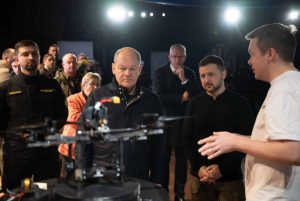

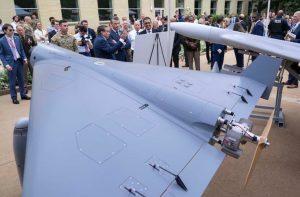





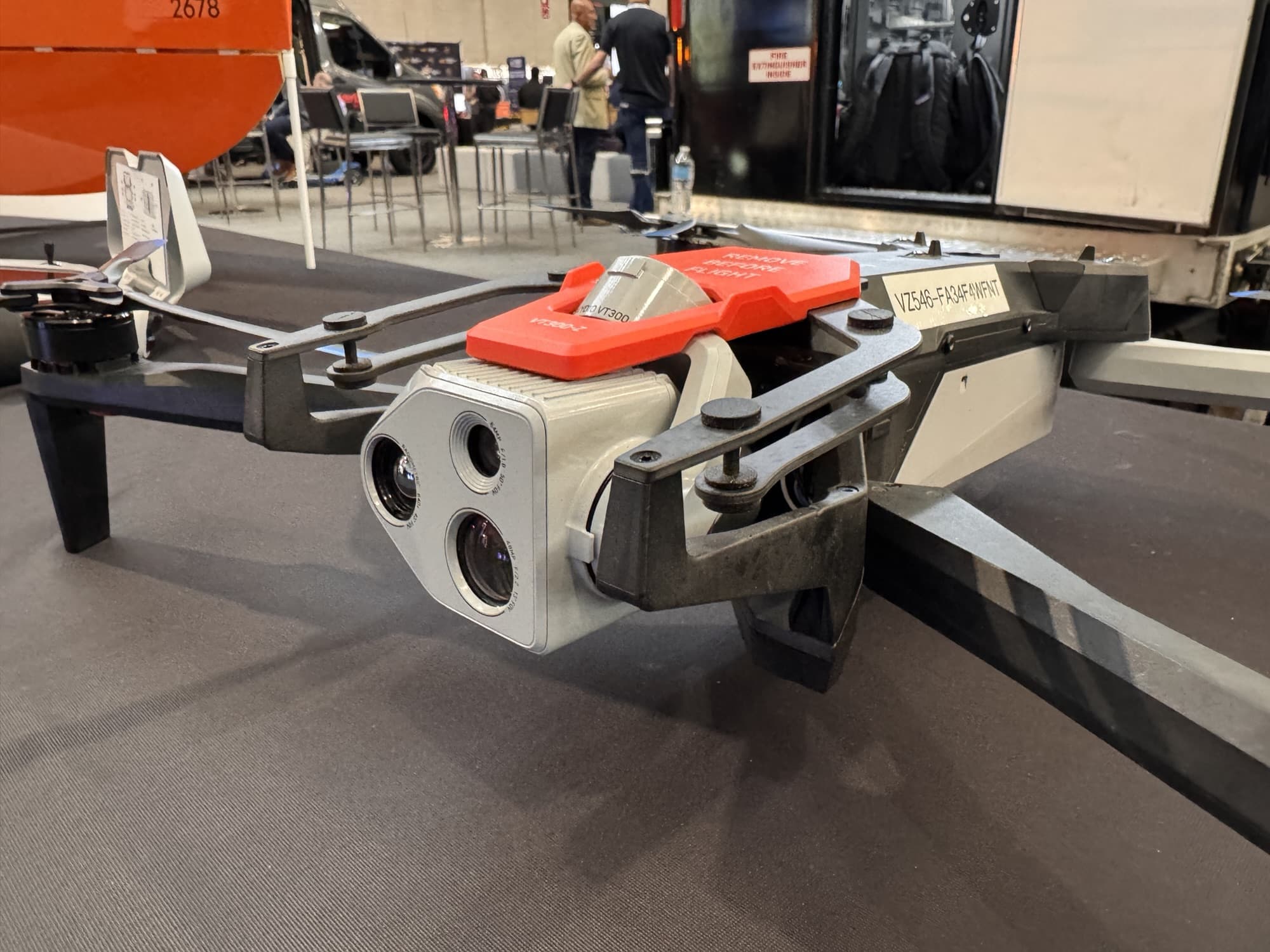

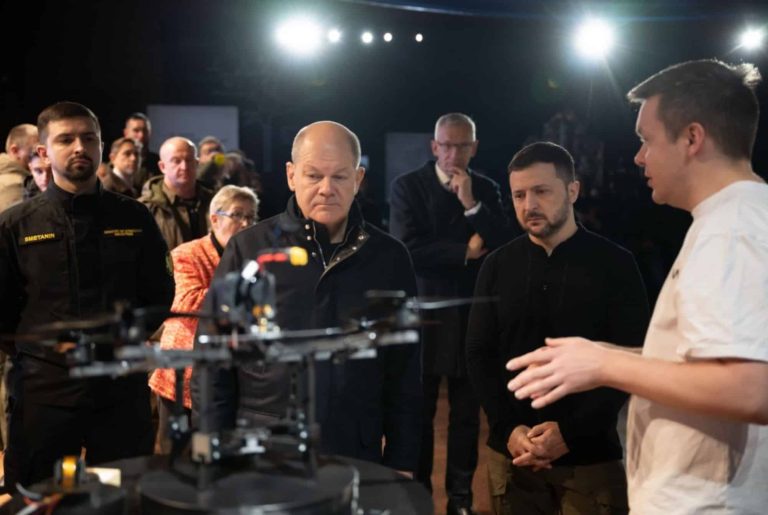
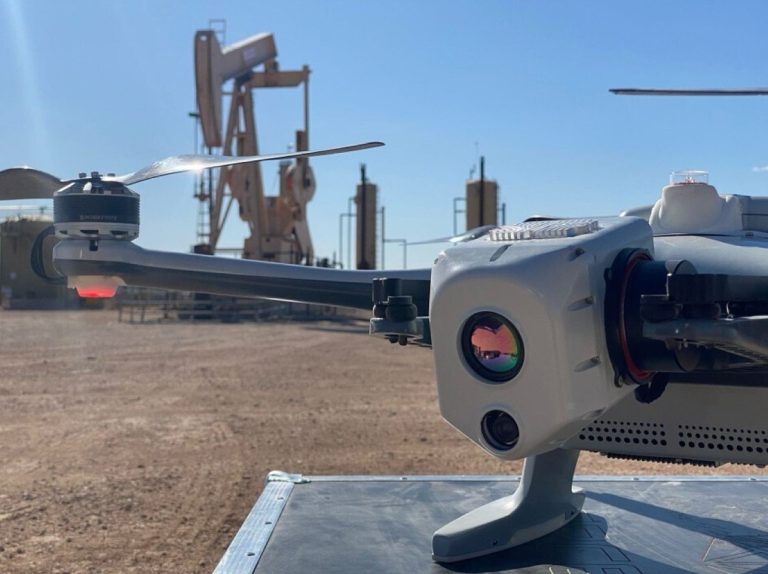





+ There are no comments
Add yours